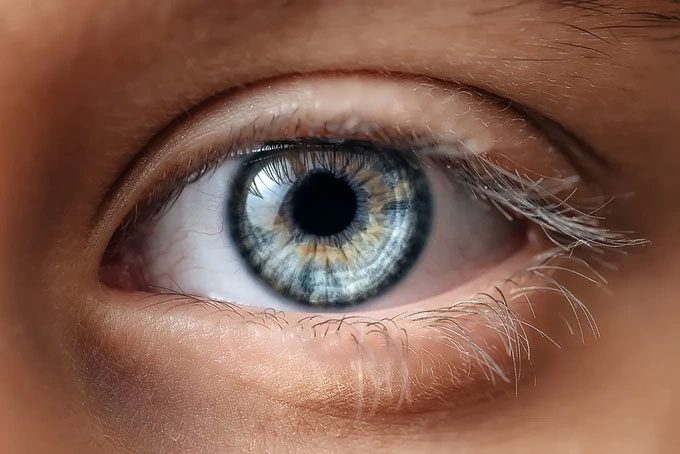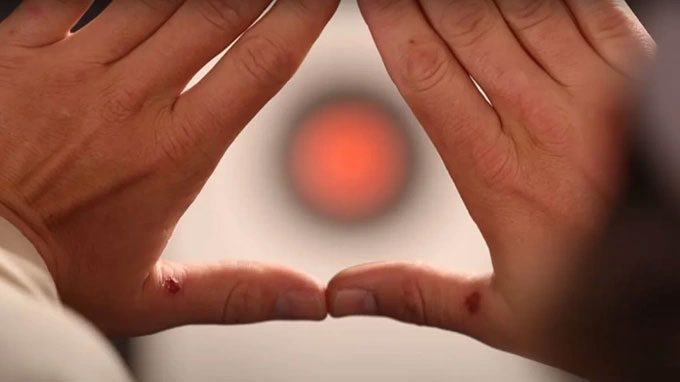Being left-handed or right-handed is a physiological characteristic of humans and other animal species. Upon birth, any human tends to automatically use one hand and foot more than the other, which is referred to as being left or right dominant; some individuals may even be ambidextrous, and the same goes for eye dominance.
You may not know that if we stare into the distance and focus on a random object, such as a lighthouse at sea, and then close one eye, we might see the image of the lighthouse shift to one side or appear larger or smaller.
This is not due to any health issue with your eyes; it serves as a small experiment to test and determine your dominant eye.
What is a Dominant Eye?
A dominant eye is when one of your eyes has a greater visual preference over the other. Scientists say that the dominant eye will have better vision; some individuals may even have a neutral dominant eye, allowing them to use both eyes with equal visual acuity for observation.

Most people have a dominant eye, which has better vision and helps you see farther. (Illustration: Edgar Martirosyan).
Our eyes typically transmit everything they see to a region in the brain called the visual cortex. The visual cortex contains bands of nerve cells known as ocular columns.
The dominant eye has more neural connections to this area than the non-dominant eye. Consequently, these columns prioritize responses to input from the dominant eye over the other, leading to dominance. This phenomenon appears quite early in the development of the brain and eyes.
A study published in the journal Tandfonline shows that 35% of right-handed individuals and 57% of left-handed individuals in their group have a dominant left eye. However, this is not a strict rule.
Some individuals may exhibit cross-dominance, where their dominant eye is opposite to their handedness. For example, you may have a dominant left eye, but be right-handed.
The handedness among individuals is due to each hemisphere of the brain controlling different functions. The right hemisphere controls the left hand and is responsible for creativity and imagination, while the left hemisphere controls the right hand and manages speech, writing, and communication.
However, when it comes to vision, both hemispheres control the eyes. Each hemisphere controls a portion of the vision of both eyes, so there is no correlation between handedness and eye dominance.
Knowing which eye is dominant can provide numerous benefits in life, such as in sports like baseball, tennis, or basketball, helping you catch the ball more accurately, or when taking photographs or using telescopes and microscopes to prevent image misalignment.
A study on Pubmed assessing the benefits of eye dominance in rifle shooting found that the rate of subjects using their dominant eye achieved better shooting accuracy compared to those with cross-dominance.
For athletes, understanding their eye dominance can significantly aid them during training and competitions.
Another issue is lazy eye (Amblyopia), which is a condition where vision in one eye is significantly weaker than in the other, often occurring in children.
The primary cause of this condition is usually due to weaker or underdeveloped muscles associated with one eye. If one eye is stronger than the other, children tend to rely on and use this eye more often.
If left uncorrected, the brain may essentially use the weaker eye less, leading to a gradual decline in its vision. Treating this issue often requires patching the stronger eye to encourage the child to use the weaker eye more, aiming to restore vision.
In older age, this can lead to presbyopia—a natural aging process of the eyes that makes it difficult to see objects clearly.
On the other hand, in cases of monocular or mixed vision, one eye sees distant objects while the other sees everything close up. Of course, both eyes are still used equally, and you typically cannot distinguish between them.
For individuals with monochromatic vision, doctors often recommend wearing additional contact lenses, and it’s crucial to select the right type for each eye. One will be for distance (dominant eye), while the other will be for near vision.
How to Test Your Dominant Eye
Here are some tests you can perform at home:
Hole in Card Test is a commonly used method. You can take a rectangular card or playing card and punch a small hole in it, preferably the size of your eye.
Hold the card with both arms and try to focus on an object at a distance on the other side of the card. Close one eye and try to focus on the object. The eye that sees the object clearly through the hole better than the other is your dominant eye.

You can perform this test to determine your dominant eye using the Miles test. (Illustration: SA).
Another easy test you can do right now is the Miles Test. You form a circle with both hands by crossing your index fingers and thumbs, extending it to arm’s length.
Focus on an object at a distance and try closing one eye to let the other eye focus on the object. If the object remains centered with one eye closed, then the open eye is your dominant eye. For the non-dominant eye, the object will shift to one side.


















































